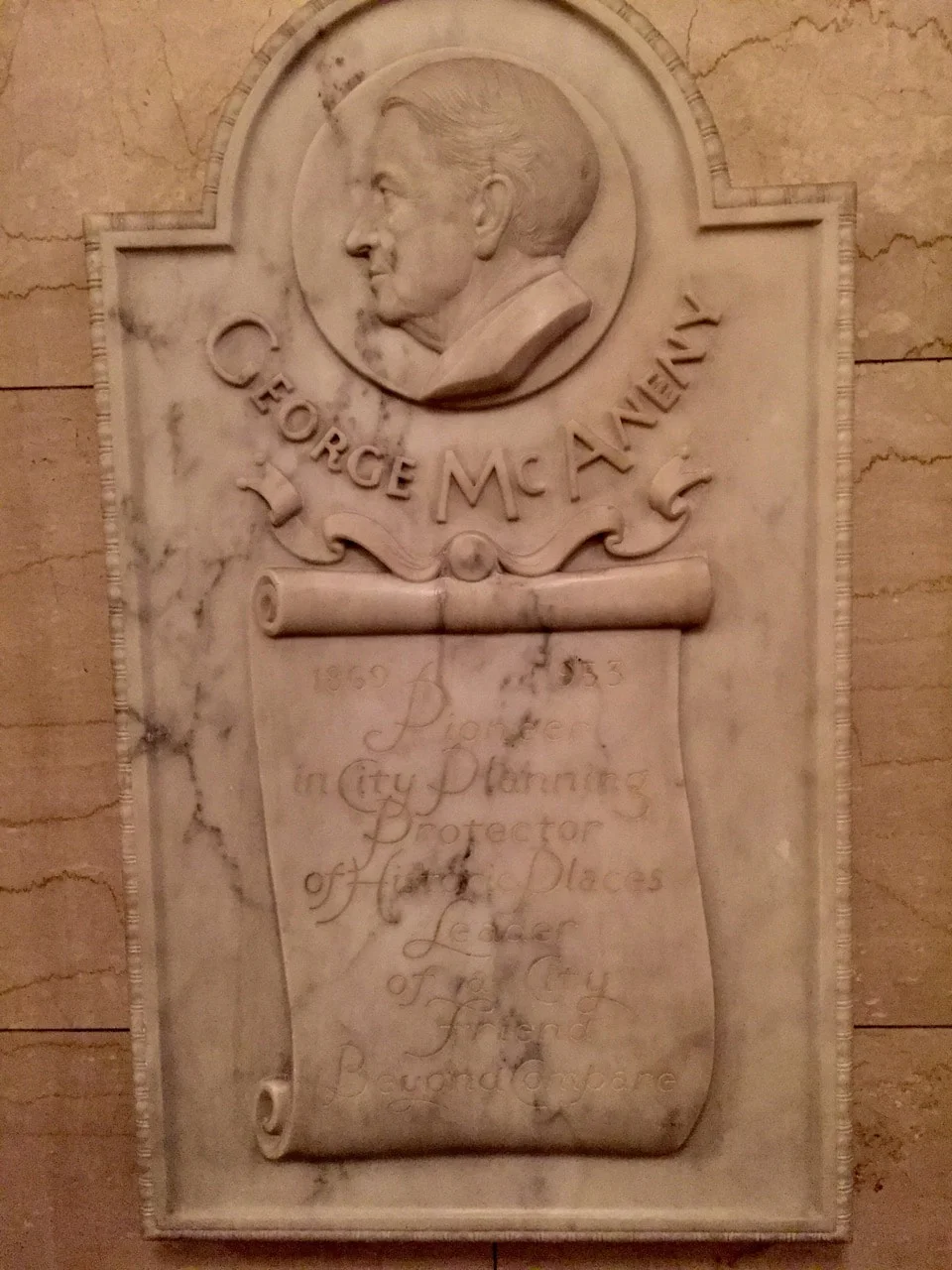New Editors
We’re delighted to announce that we’ve expanded here at Gotham, yet again. Since we launched the blog four years ago this month, readership has grown steadily, and with it our desire to make sure that we are representing New York City history in its fullest breadth and richness. With this latest expansion, raising the number of editors from 10 to 15, our digital semiweekly now has much stronger chronological and thematic representation among its first readers and solicitors than ever before. We’ve also recruited (if we may say) an impressively talented group of scholars. Click here to learn more about them.
Read More









